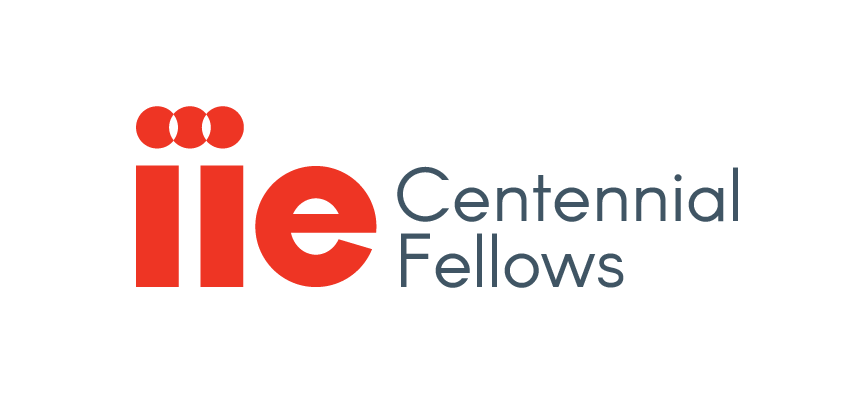

Mutual Understanding: Listening to the Consumers
By: Syed Ishtiaque Ahmed, 2020 IIE Centennial Fellow
Electronic devices are a perfect example of how products bring together local culture and global economy in our current world. Most electronics and computing devices are designed and developed in the Western part of the world. Starting from Silicon Valley to Western Europe and China, economically powerful nations are dominating the production market of electronic devices. However, the consumption of electronic devices is more evenly distributed across the world. With the burgeoning growth of ICT applications in every sphere of our life, countries in the Global South are also embracing electronic devices with open arms. In fact, the usage of computing devices has been increasing in most places in the Global South including India, Bangladesh, Pakistan, and many other places in Africa and Latin America. The geographical differences between the place of production and the place of consumption brings to the fore the question of ‘appropriateness’ - how do we design culturally and globally aware projects?
This question becomes more interesting when we track the flow of electronic devices. Not only the countries in the Global South are using a huge amount of computing devices, those devices are also often different from most of the devices we use in the Western world. Countries with poorer economies often rely on “second-hand” refurbished electronic devices which travel to the Global South after their first phase of life gets exhausted in the West. At the same time, there is a whole separate market of low-cost electronic devices, often dominated by China-made products, that cater the people in the developing countries. Both the second-hand devices and the cheap electronics are often fragile, faulty, and they stop working after a few months of use. When these devices break down, they create a huge amount of electronic waste that is full of toxic chemicals and other dangerous elements. These broken devices become a threat to the environment of these nations and with the worldwide rise of computing technologies, the amount of electronic waste is also increasing. While most developed countries have proper facilities for recycling electronics safely, in most developing countries, that happens mostly in the informal repair and recycle markets that are operated by low-income and under-educated electronic workers who are now exposed to severe health hazards. One of the main challenges that this story highlights is the disconnect between the needs of the local culture and the pressure of the globalized economy. I have been exploring the seams of this tension for the past seven years now.
To bridge this gap between the ‘local’ and the ‘global’, it is important to understand the perspectives of both sides. While it is often difficult to conduct a world-wide survey to understand this tension, a viable way to do this is understanding the impact of the global trends on the local market. I bring in this perspective to my work in Bangladesh. Here, the local repairers and electronic waste pickers provide invisible labor that keeps a sustainable consumption of electronics up and running in the country. Their weak technical knowledge along with many local improvisations are key to the local engineering culture which is less about building a new product from scratch and more about fixing or making something out of the old and broken devices that were originally designed in the West. Looking closer, we see that these communities have little control over what electronic devices enter the country and in what shape they leave in. Instead, there is a huge consumer base in the country who directly or indirectly control the flow of electronic devices in and out of the country. In the first phase of my work, I dove deep into the life of the electronic waste workers in Bangladesh, and documented the skills, crafts, and risks involved in their work. In the subsequent phase, I focused more on the electronic device consumers of the country, and I tried to understand the pattern of their usage. This allowed me to develop a deep understanding of how an electronic device turns to a waste and what considerations need to be factored in to support these consumers with broken electronic devices.
Unfortunately, my work was hampered by the COVID-19 situation, as I had to stop going into the field and meeting the electronic workers. Furthermore, I could not also conduct in-person interviews of the consumers to know about their interaction with their broken phones due to Bangladesh’s nation-wide lock down. As a result, I decided to conduct a nation-wide online survey to collect necessary information. I received 351 responses which gave a huge amount of data to understand various aspects of the problem that consumers face with the broken electronic objects. However, I also acknowledge that the result is limited to the people who had internet access, and thus I missed a wide range of people who use electronics, but not the internet. I hope to cover this population when the situation returns to normal.
Online Survey and Its Result
We created an online survey using Google Forms and we asked people about their experiences with their broken electronic devices, especially computing devices, including mobile phone, laptop, tablet, etc. We distributed the survey over social media and invited people to participate in the survey.
A total of 351 people responded to our survey. Here are pieces of demographic information of our participants:
| Age Distribution | Number of Respondents | Percentage of Total |
| 1-19 | 11 | 3.3% |
| 20-29 | 282 | 80% |
| 30-39 | 55 | 16% |
| 40-49 | 2 | .57% |
| 70+ | 1 | .285% |
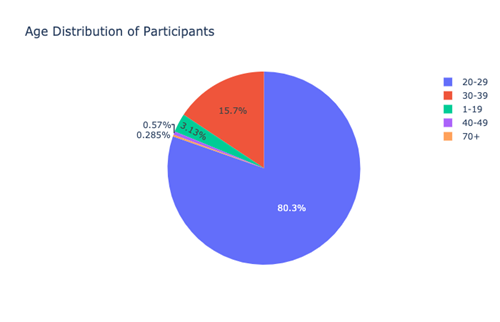
| Gender | Number of Respondents | Percentage of Total |
| Male | 259 | 74% |
| Female | 92 | 26% |
| Occupation | Number of Respondents |
| Business | 10 |
| Doctor | 5 |
| Job | 40 |
| Student | 237 |
| Teacher | 19 |
| Technical Worker | 14 |
| Unemployed | 19 |
| Other | 7 |
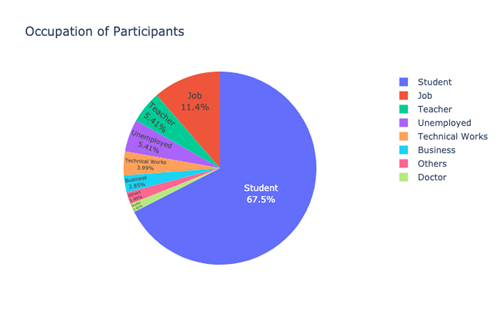
We can see that most of our participants were students and most of them fall into the age range 2–39 years. There were more men than women respondents which we attributed to the fact that the young population of Bangladesh is more tech-savvy and they responded to this survey. Also, several studies show that there is an acute gender bias in the technology access in Bangladesh. Taken together, I believe that the survey demography roughly represents a major section of the electronic device users of Bangladesh.
Next, we asked our participants about how many devices they used in the last 5 years. The responses are as follows:
| Device Used in Last 5 Years | Number of Respondents |
| 0 devices | 3 |
| 1-2 devices | 52 |
| 3-4 devices | 137 |
| 4-6 devices | 90 |
| 6-8 devices | 39 |
| 8-10 devices | 10 |
| 10-12 devices | 6 |
| 12+ devices | 14 |
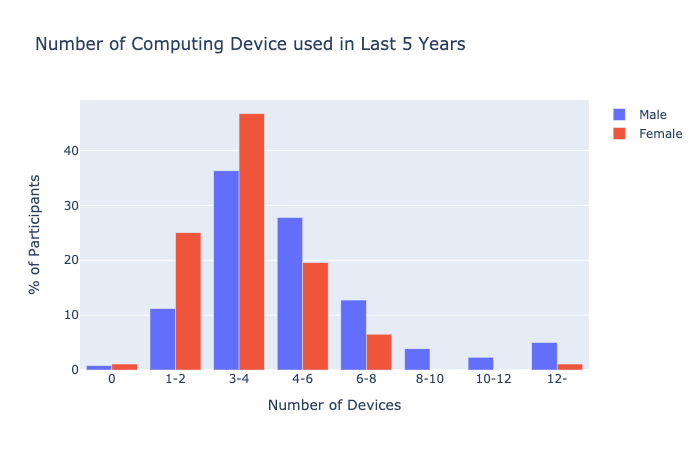
From the figure, it is evident that women use fewer devices compared to men. We have had nearly 48% women using 3-4 devices in the past 5 years and the percentage is higher for women with less than 4 devices. This shows that most of our participants used 3-6 devices in the last 5 years. We can assume that they obtain a new electronic device in every year on average. This means that they also discard one device per year.
Next, we asked the participants why they discarded the last devices than they abandoned. The reasons are in the bar chart with additionally showing 53% devices are discarded from use even when they are functional – got slow, became old, got new one.
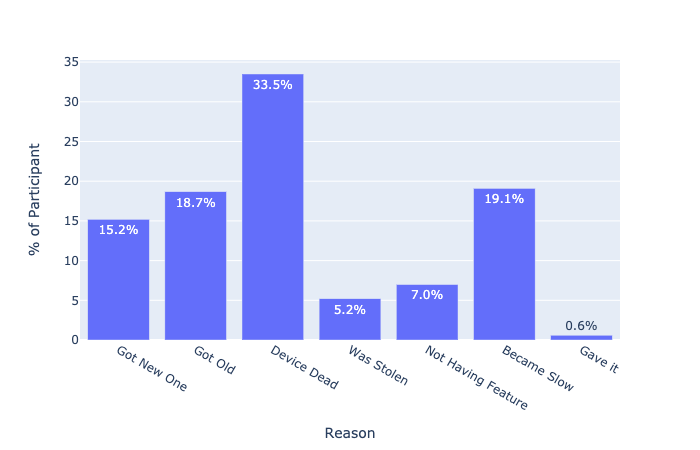
This data shows that the majority of the devices stopped functioning properly and that was the main reason why our participants dumped them. It is different from what we see in similar surveys conducted in the West, where people change their perfectly functioning devices just because a new version of device has arrived in the market.
Next, we asked our participants what they did with their broken devices. We can see a staggering amount ~74% of devices are never discarded out of home. This motion will come again in our analysis on how people tend to stay emotionally connected with their devices, care for the data stored in it, and, how they simply keep the device at home because they don’t know what to do with their devices.
This survey helps my current project of supporting the e-waste workers in Bangladesh in two ways. First, the data of this survey reveals the ‘needs’ of the consumers, which essentially points us to the scope of business for the e-waste workers. A repair, for example, can offer a transparent and reliable repair service to their customers to gain their trust. Similarly, e-waste recyclers can periodically check the households for devices that can be repurposed. Such initiatives will not only expand their business, but also reduce the e-waste in the city. Second, the data also shows the interest and challenges for general people to repair and recycle electronic devices. This will allow me to develop technologies that can help individuals to fix or recycle their broken electronic devices with the commonly available tools and techniques in Bangladesh. I see this as an opportunity to empower individuals to live a more sustainable life by keeping their city clean. I will use the insights of this survey to shape the design and development phases of my project next.